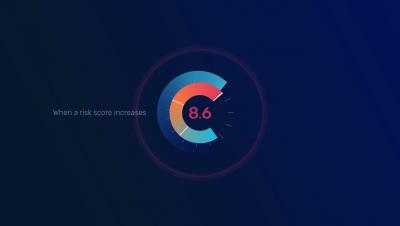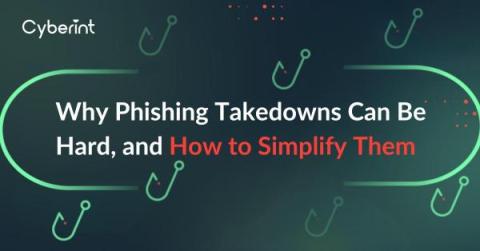Microsoft Teams Phishing Campaign Distributes DarkGate Malware
Researchers at Truesec are tracking a phishing campaign that’s distributing the DarkGate Loader malware via external Microsoft Teams messages. “On August 29, in the timespan from 11:25 to 12:25 UTC, Microsoft Teams chat messages were sent from two external Office 365 accounts compromised prior to the campaign,” the researchers write.







